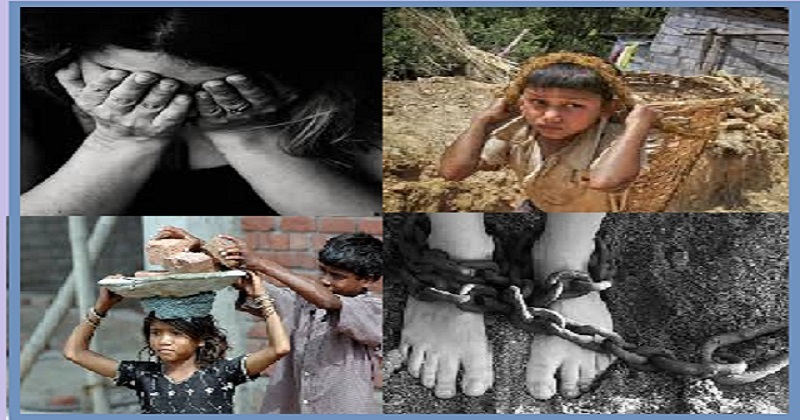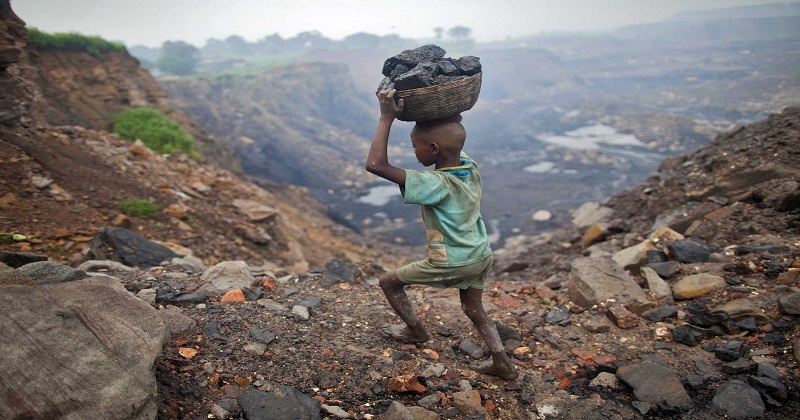
On 2 December every year, the International Day for the Abolition of Slavery radiates the spotlight on the horrors of modern slavery that remain in the world. The emphasis of this day is on eliminating ways of slavery including cases of compelled labor, sexual exploitation, child labor, debt servitude, forced marriages, human trafficking, and the compelled recruitment of children for help in armed dispute. According to the International Labour Organization (ILO), more than 40 million people worldwide are targets of different ways of modern slavery. More than 150 million children are subject to child labor a number that describes almost one in every ten children around the globe.

History; The International Day for the Abolition of Slavery recalls the adoption of the UN Convention for the Suppression of the Traffic in Persons and the Exploitation of the Prostitution of Others on 2 December 1949. In 1985, a UN Working Group on Slavery statement offered 2 December as the World Day for the Abolition of Slavery. Ten years later, on 2 December 1995, the day was internationally proclaimed as a World Day.
Slavery not only in the past; The curse of slavery has exemplified itself and developed in different ways throughout history. Some of its conventional conditions still exist today, while others have been changed into new forms. Some states of slavery even discover their base in artistic and traditional faiths and customs. Determinations from UN human rights officials show that some ways of slavery are the by-product of long-standing prejudice against weak groups in societies, many of them regarded to be of inferior castes, tribal minorities, and native peoples.

Modern slavery in different forms; The UN pulls awareness to modern forms of compelled labor alongside conventional forms such as related labor and deficit bondage. The international body emphasizes the circumstances of people who have been trafficked for financial exploitation of any type in the world economy, such as migrant workers, those who work in household bondage, and workers in the construction industry, the food and garment industry, and the agricultural sector.
Another example of modern slavery is child labor. This involves children used for financial exploitation, especially in conditions when work restrains them of their childhood or their right to education; or examples that can be dangerous to the child’s health or his or her physical, mental, spiritual, moral, or social expansion. Trafficking in persons the recruitment, transportation, reception, harboring, or transfer of persons by force or pressure for exploitation is another form of modern slavery. This contains prostitution, forced labor, slavery, and captivity. The UN stresses that the “consent of the person trafficked for exploitation is irrelevant and if the trafficked person is a child, it is a crime even without the use of force.”

What can be done? To partake in measures against slavery in all its ways, the ILO highlights preaching the core reasons for forced labor, especially by enlightening weak groups and supplying economic empowerment through skill development. Other possible methods of fighting this bane, include becoming educated consumers and avoiding products made by companies that use child labor or other forms of enslavement, backing local anti-trafficking efforts, and driving for political authorities to take effort to finish modern slavery.

Post Your Comments